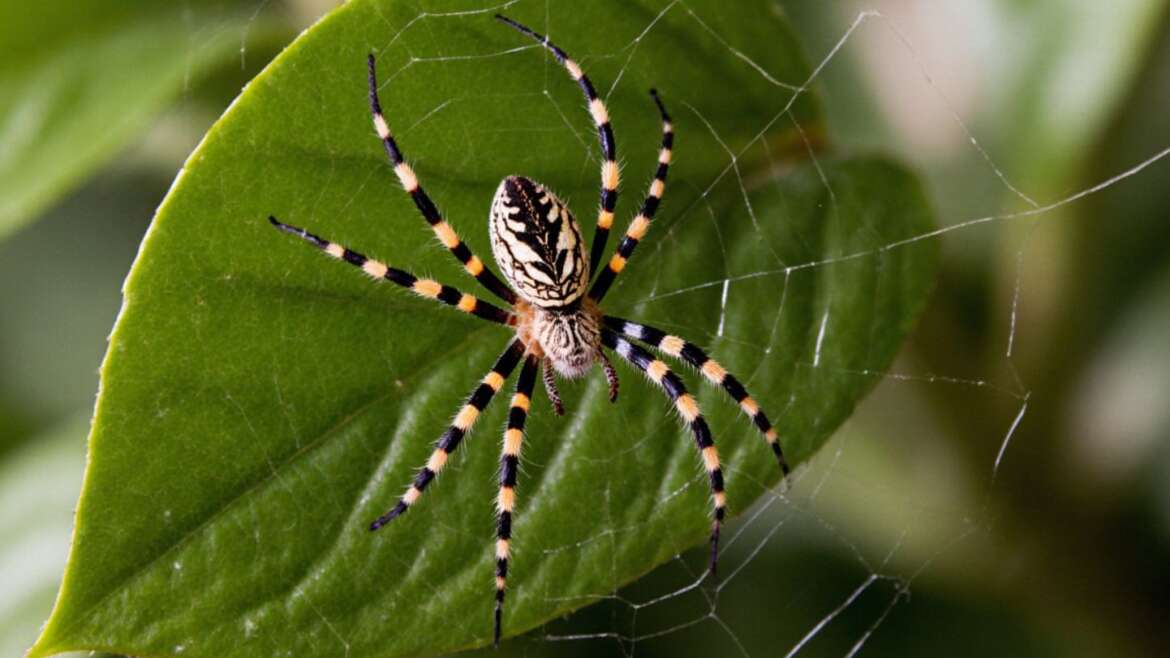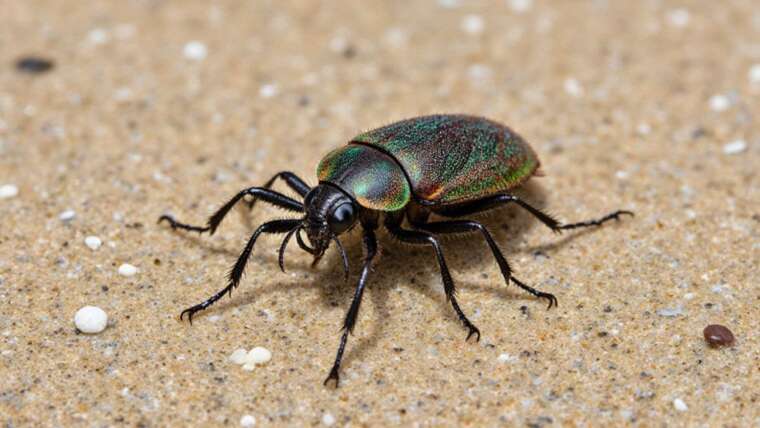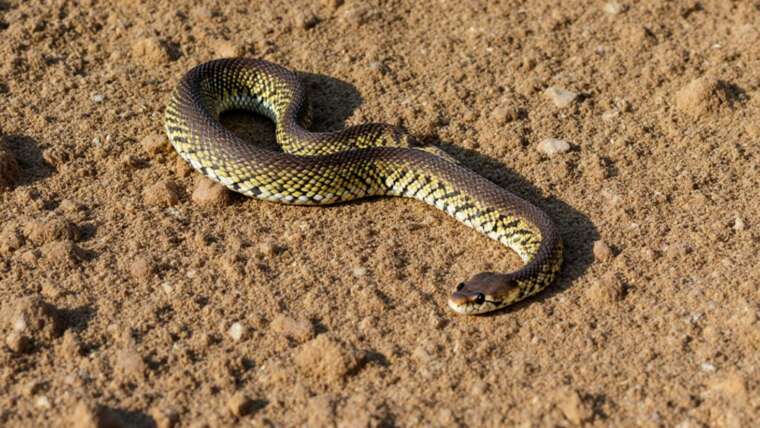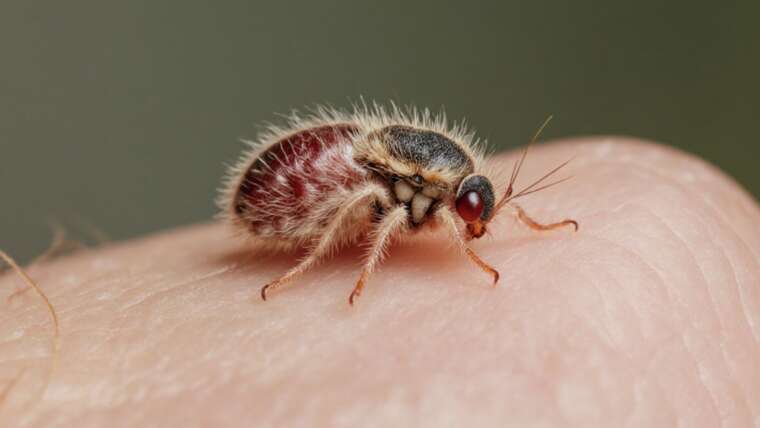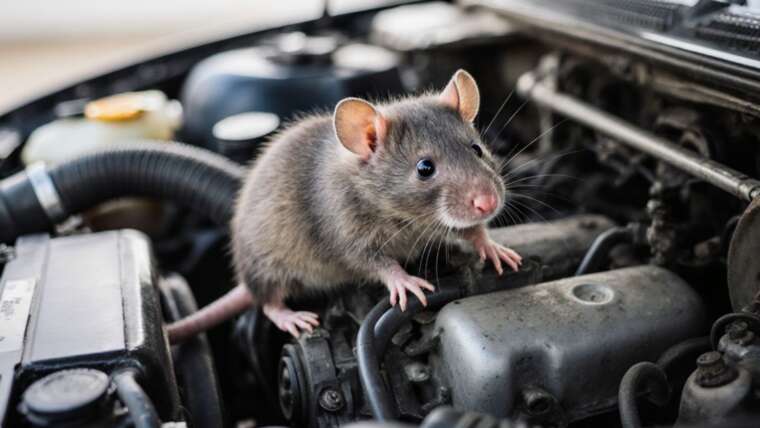Spiders are often unwelcome guests, but they are generally searching for essential needs: shelter, warmth, and food. Homes offer numerous hiding spots—from cracks and crevices to corners—allowing them to build webs and nests in peace. Additionally, indoor environments stabilize temperature fluctuations and protect them from harsh weather conditions.
Tip: Regularly inspect your home for potential entry points where spiders might slip through, such as small gaps around windows and doors. Use caulk or weather stripping to seal these openings and minimize their access.
Why Spiders Are Attracted to Indoor Plants
Indoor plants offer a nurturing ecosystem for spiders, providing a stable atmosphere and shield from predators. They also attract a variety of small insects like flies and gnats, which serve as food for spiders. Commonly found spider species on houseplants include cellar spiders, cobweb spiders, and jumping spiders.
Fact: The webs of certain spider species have been found to be beneficial in catching not just plant pests but also dust particles, which can improve the overall health of your plants by minimizing disease-causing organisms in the air around them.
Common Houseplant Pests
While spiders can be beneficial in controlling pest populations, they are often accompanied by unwanted houseplant pests, including aphids, mealybugs, spider mites, fungus gnats, scale insects, and whiteflies. These pests thrive in the foliage, moisture, and shelter of indoor plants, feeding on plant sap and multiplying rapidly.
Tip: Introduce beneficial insects, such as ladybugs or lacewings, to your houseplants. They are natural predatory insects that can help keep harmful pest populations in check without relying on chemical pesticides.
Types of Plants That Attract Spiders
Not all houseplants attract spiders equally. Certain plants that provide ample hiding spots, such as ivy, ferns, philodendrons, bromeliads, and spider plants, are more likely to serve as spider shelters. Factors contributing to spider habitation include:
- Moisture: High humidity and damp conditions appeal to plant-bug attractants. Overwatering or allowing water to pool can exacerbate this.
- Organic Debris: Accumulated organic material like fallen leaves offers spiders the perfect sanctuary.
- Darkness: Spiders love dark regions. Cluttered or poorly lit corners around plants make ideal habitats.
- Warmth: Indoor plants near heat sources attract spiders due to the increased warmth.
Tip: Consider using a humidity meter to monitor moisture levels in your indoor garden. This will help you maintain an optimal environment for your plants while reducing the likelihood of attracting unwanted pests.
Will Spiders Damage Your Plants?
Contrary to popular belief, spiders typically do not damage plants. They serve as natural predators, feeding on harmful insects, which can enhance plant health. However, an excessive number of spiders may lead to unsightly webs and a cluttered appearance.
Fact: Some species of spiders can actually contribute positively to plant growth by controlling the populations of pests that cause harm to plants, thus implementing a natural pest management system in your home.
Keeping Spiders Away from Your Indoor Plants
To prevent spiders from calling your plants home, adopt proactive measures:
- Regularly Clean Your Plants: Keeping your plants and their surroundings free from debris and cobwebs is crucial.
- Prune Plant Leaves: Trim back excessive foliage and remove dead plant parts to limit hiding spots for pests and spiders.
- Ensure Proper Drainage: Adequate drainage prevents damp soil conditions that attract pests.
- Check for Pests: Regularly inspect your plants for any signs of pest infestations, addressing them swiftly.
- Seal Potential Entry Points: Use caulk or other sealants to close gaps around windows and doors.
- Inspect New Plants: Thoroughly examine newly purchased indoor plants before introduction to your home.
- Examine Other Sources for Spiders: Inspect firewood, cut flowers, and garden produce to ensure they are pest-free.
- Monitor Plant Activity: Keep an eye out for spider webs, egg sacs, and live spiders, using a gentle brush or vacuum cleaner to remove them when found.
Tip: Use natural deterrents like essential oils (peppermint, tea tree, or citrus oils) mixed with water in a spray bottle to mist around your plants. Many spiders dislike the scent, making your indoor garden less appealing.
How to Get Rid of Spiders on Your Plants
If spiders become a persistent challenge, seeking professional help may be necessary. Pest control companies, like Terminix, provide specialized spider control services designed to effectively tackle infestations. Trained experts will assess the situation and implement targeted treatments.
Fact: Many pest control services offer environmentally friendly options that minimize harm to your plants while effectively managing unwanted spider populations. Always inquire about green alternatives when contacting pest control.
Don’t let spiders overrun your home—consider scheduling a spider inspection to stay ahead of the problem. By investing in a comprehensive pest control plan, you can safeguard your indoor environment against these eight-legged intruders.
PestFree365 offers continuous coverage, including a variety of pests, ensuring your home remains a sanctuary for you and your indoor plants.

